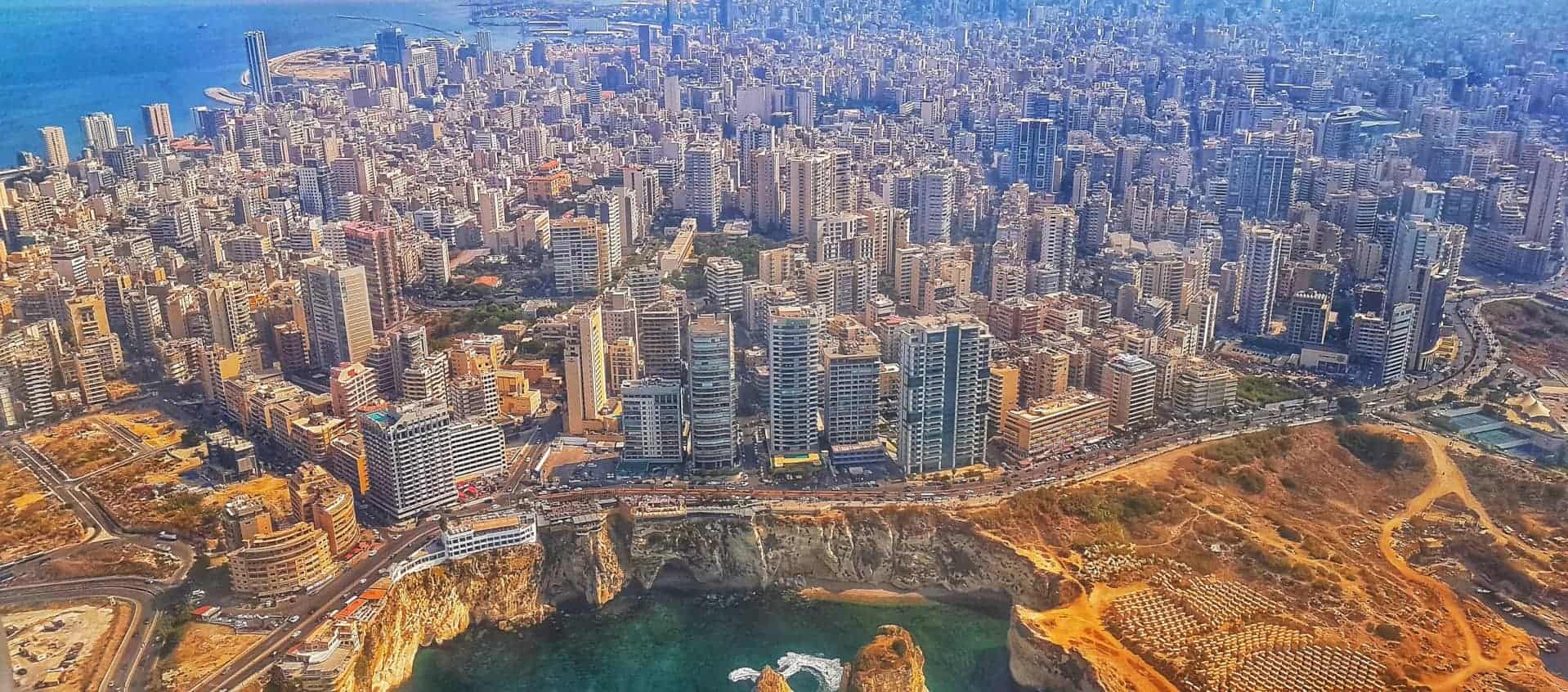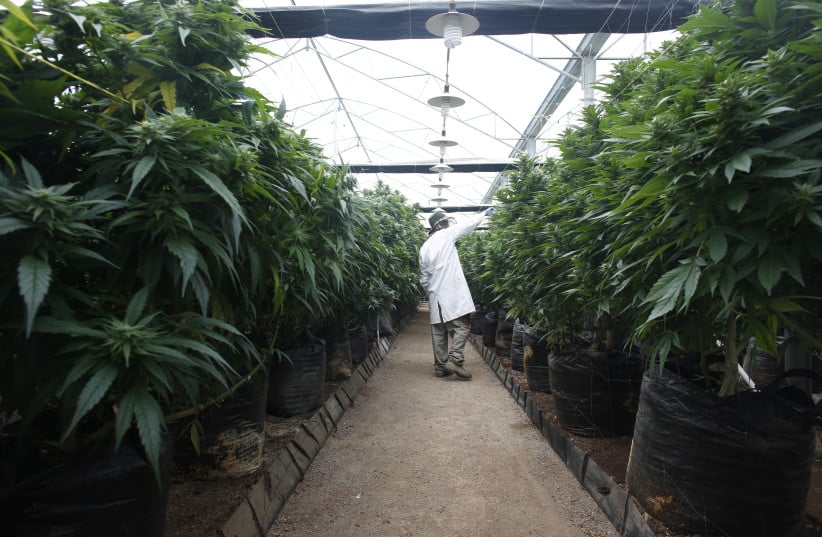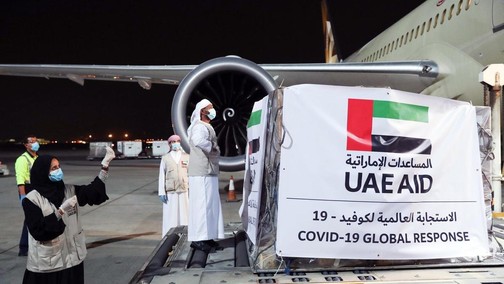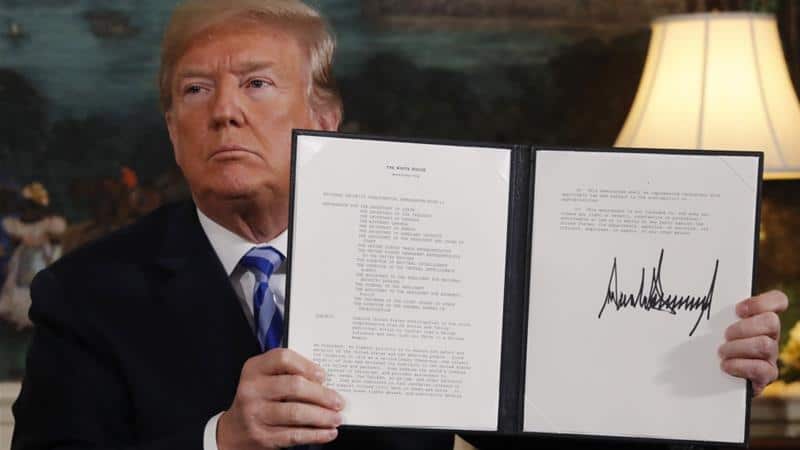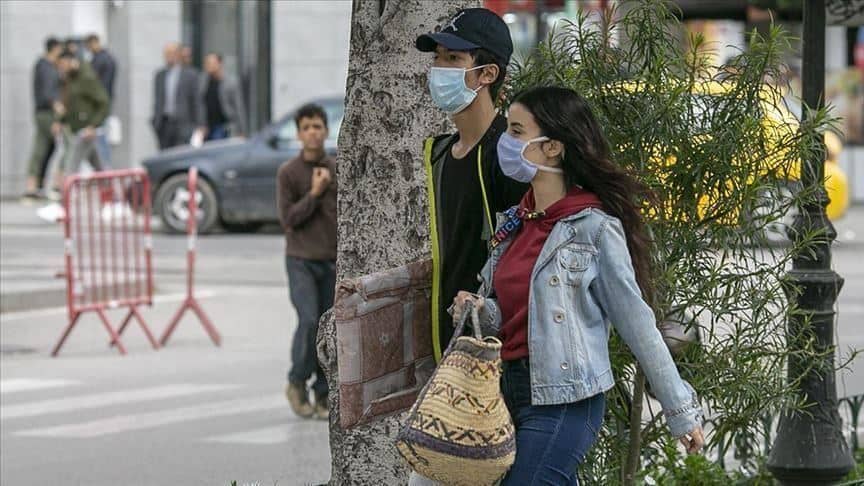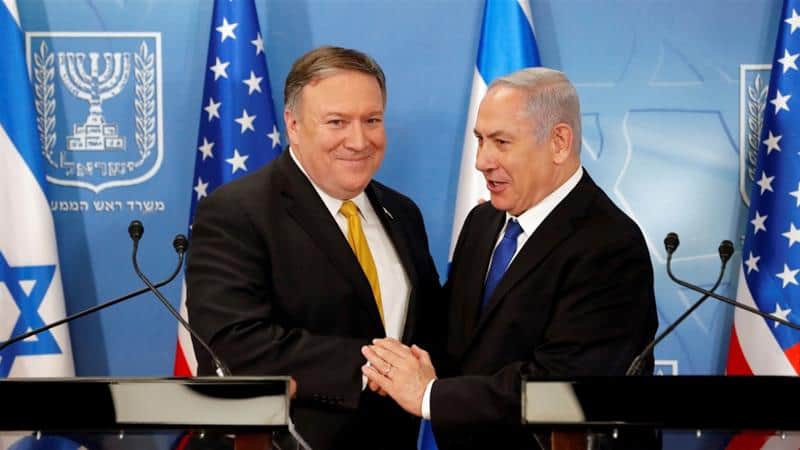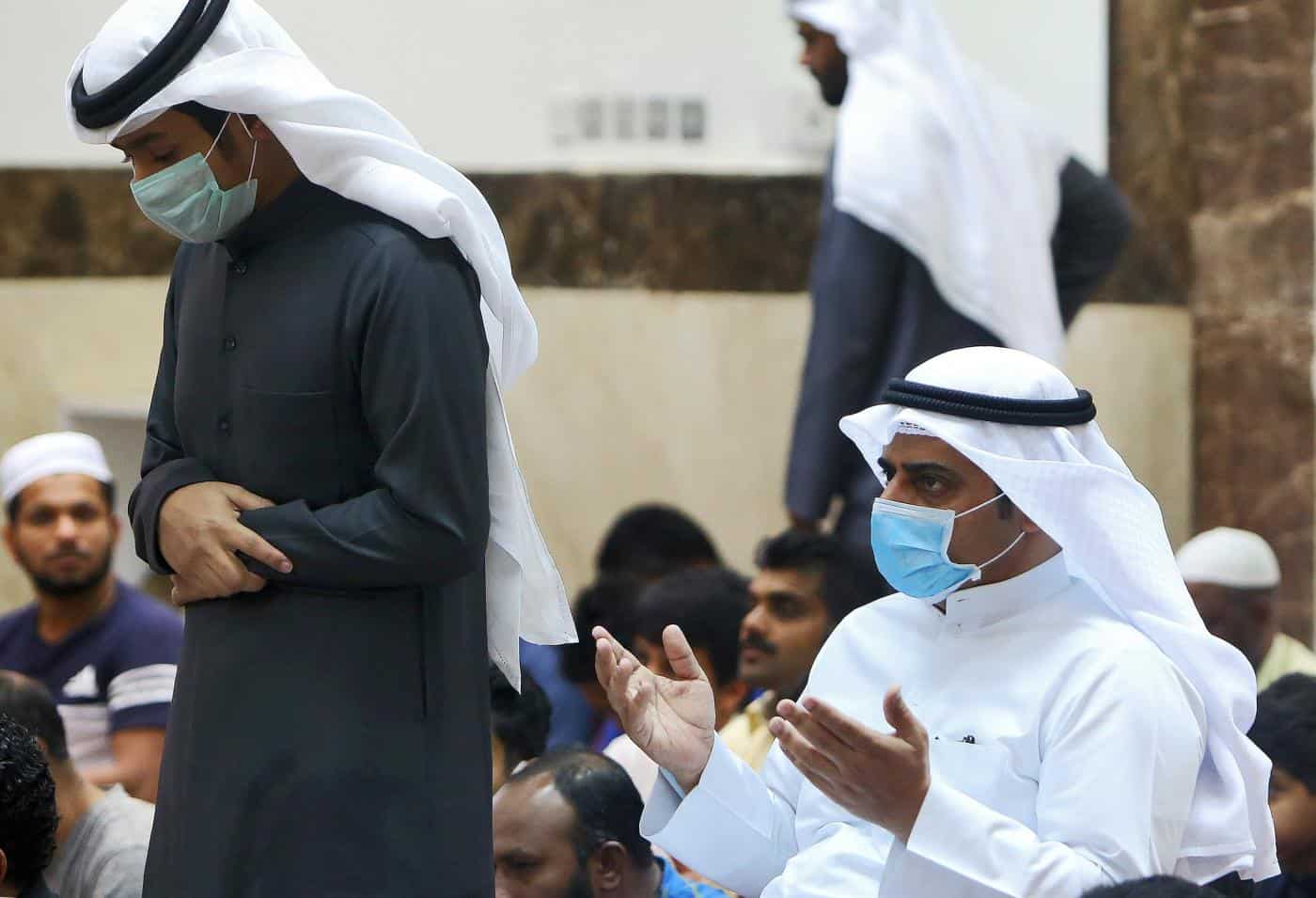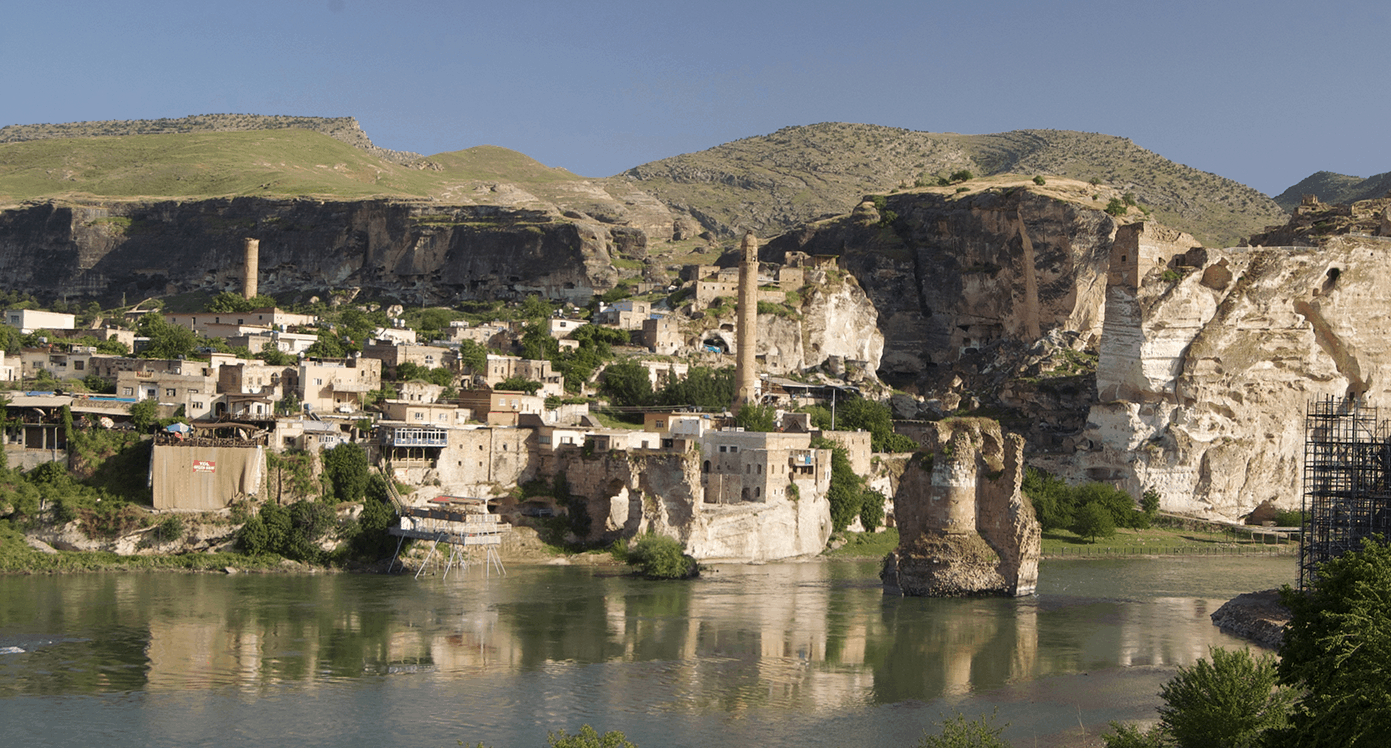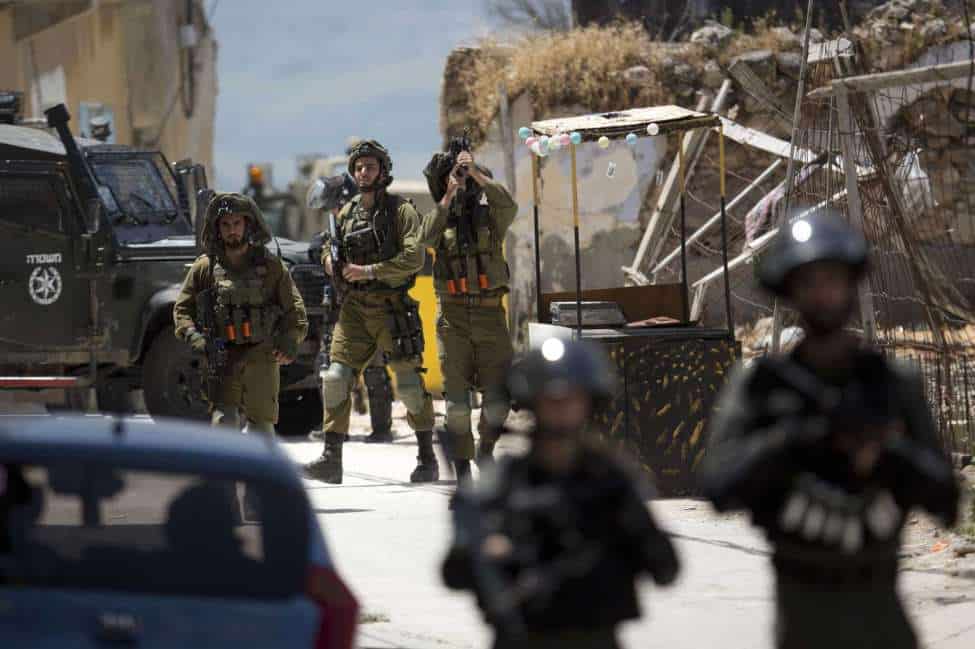On Wednesday, May 13, the Lebanese government announced it was reinstating a total lockdown nationwide. The announcement follows ten days of loosened restrictions in an effort to realize some economic activity for the troubled nation.
Economic pressure
The difficult decision comes after a week during which Lebanese Prime Minister Hassan Diab attempted to shift the focus to the economy and address the concerns of a restless population.
With hungry protesters on the streets, Lebanon’s government had little option but to hope for the best as it loosened restrictions.
Growing unrest over the economic fate of Lebanon’s 6.9 million citizens meant restaurants were permitted to reopen on May 4, followed by a loosening of restrictions on religious events. A mere ten days later, the Lebanese people were given hours to stock up on groceries before again entering a total lockdown.
Untested reopening
With its economy in a deep depression and an angry population feeling its concerns are unheard, the country’s leaders had little choice but to try to reopen economic activities. Lebanon’s dire state meant that the state could not accompany the reopening with the continuous testing and monitoring that the World Health Organization (WHO) recommends.
With monetary distress and the struggle to repay its creditors, the Lebanese government could not import enough testing kits to adequately monitor the population as people once again filled the streets. Although social distancing measures continued, the virus still managed to spread.
Lebanese restaurants are once again shutting their doors and the country’s top Sunni cleric announced that Friday prayers would be restricted. The news is another blow to Lebanon’s struggling hospitality industry, after two months of closed businesses while rent and utility bills continued to come in.
A warning to others
Across the world, governments are feeling the pressure to reopen their economies. National leaders will face daily calls from business leaders and have to weigh their options, with few promising choices available.
While some countries are tentatively sending children back to school and others are loosening restrictions, Lebanon is showing the importance of state efforts in testing and monitoring.
Conducting sufficient testing is a daunting task for countries across the globe, let alone for struggling Lebanon. The sheer logistics involved require decisive action by governments and their populations’ strict adherence to guidelines. Difficulty in maintaining social distancing is seen as onecause for Lebanon’s new outbreak, and many countries will struggle to rely solely on the social measure without sufficient testing.
Lockdown lessons
The Lebanese experience joins those of Wuhan and Shulan in China where the easing of measures similarly led to a resurgence of cases. Wuhan had faced some of the strictest lockdowns on Earth for more than two months, but after a tenuous and tightly monitored reopening, a new cluster of coronavirus cases emerged yet again.
Chinese authorities in Wuhan have decided to double down on the WHO’s advice in what the government calls “10 days of battle.” Even though China only detected six cases in one cluster, the government is taking no chances, now drawing up local plans to test 11 million people, neighborhood by neighborhood.
“Each district shall make arrangements for nucleic acid screening for all members within 10 days,” a Wuhan official told the Guardian. With the overall number of Chinese cases going down, addressing local clusters before they can spark another outbreak appears to be key in the Chinese approach.
How the need to test citizens will align with each country’s logistical ability to provide enough testing kits will become clear as many countries begin their own approaches to reopening their economies. Whether countries will be willing to pay for the associated costs of such massive operations, as seen in China, begs the question of whether lockdowns are as costly as reopening prematurely.

